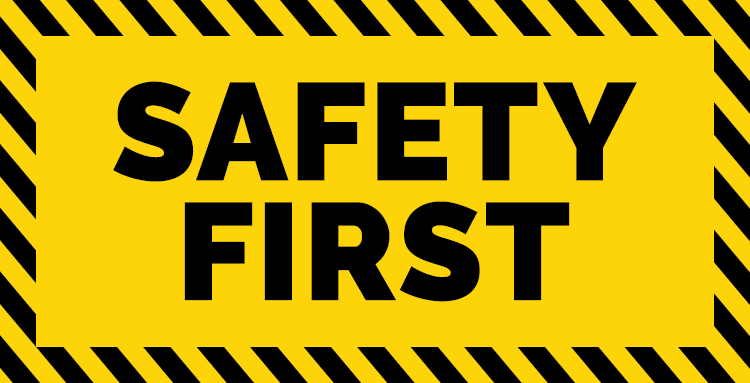
Safety during pain management intervention
Safety in pain management interventions is crucial to prevent harm, minimize adverse reactions, and ensure consistent, reproducible techniques.
Highlights
- 🛡️ Safety First: Pain management should prioritize patient safety and avoid harm.
- 🧪 Adverse Reactions: Low incidence of adverse reactions is essential for safe interventions.
- 🎯 Technique Precision: Image guidance improves precision and safety in procedures.
- ⚠️ Contamination Risks: Contaminated drugs can lead to severe complications, as seen in past cases.
- ⚕️ Patient Evaluation: Understanding patient history and risk factors is vital for safe interventions.
- 🔍 Emergency Preparedness: Facilities must be equipped for emergencies to handle complications swiftly.
- 📚 Continuous Learning: Ongoing training and adherence to protocols enhance safety in pain management.
Key Insights
-
🛡️ Emphasis on Safety: Safety should be the cornerstone of all pain management practices. Interventions must be designed to prevent harm and adverse effects, ensuring a risk-benefit analysis favors patient welfare.
-
📈 Importance of Guidelines: Following established guidelines and protocols is crucial for minimizing complications. Deviating from these can lead to devastating outcomes, highlighting the need for systematic approaches in practice.
-
👁️ Image Guidance Benefits: Utilizing imaging techniques like fluoroscopy and ultrasound enhances precision in injections, reducing the likelihood of complications related to improper technique and needle placement.
-
⚠️ Learning from Past Errors: Historical cases of complications, such as contaminated medications, serve as critical reminders of the importance of stringent safety measures and thorough drug preparation.
-
👥 Risk Factors Awareness: Identifying and understanding patient-specific risk factors, such as obesity or pre-existing conditions, allows for tailored approaches to interventions, increasing patient safety.
-
🚑 Emergency Protocols: Facilities should maintain a proactive stance on emergency preparedness. Quick access to resuscitation equipment and trained personnel can mitigate the impact of unforeseen complications during procedures.
-
🌱 Commitment to Continuous Improvement: Pain management professionals must engage in lifelong learning, honing their skills and knowledge to remain adept at recognizing potential risks and adapting techniques accordingly.
Leave Comment